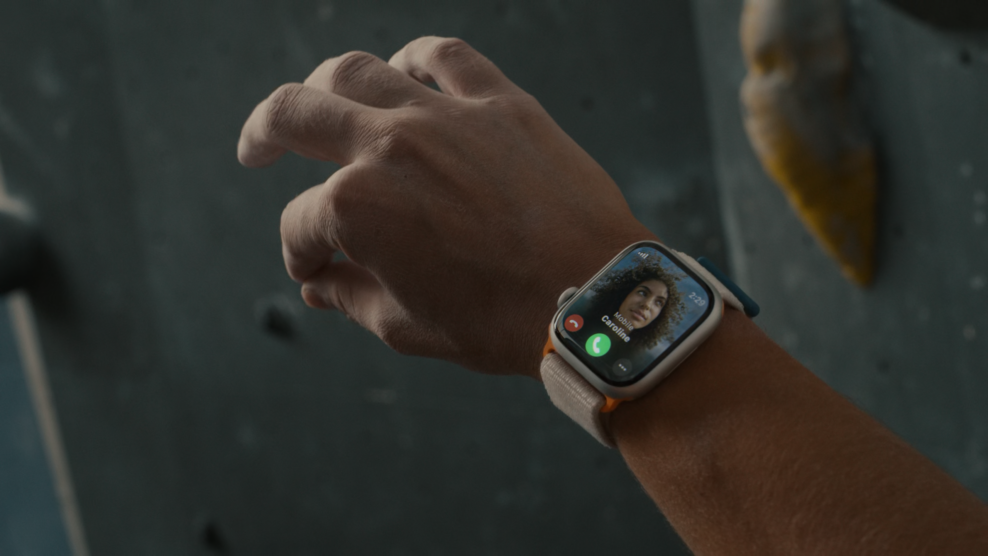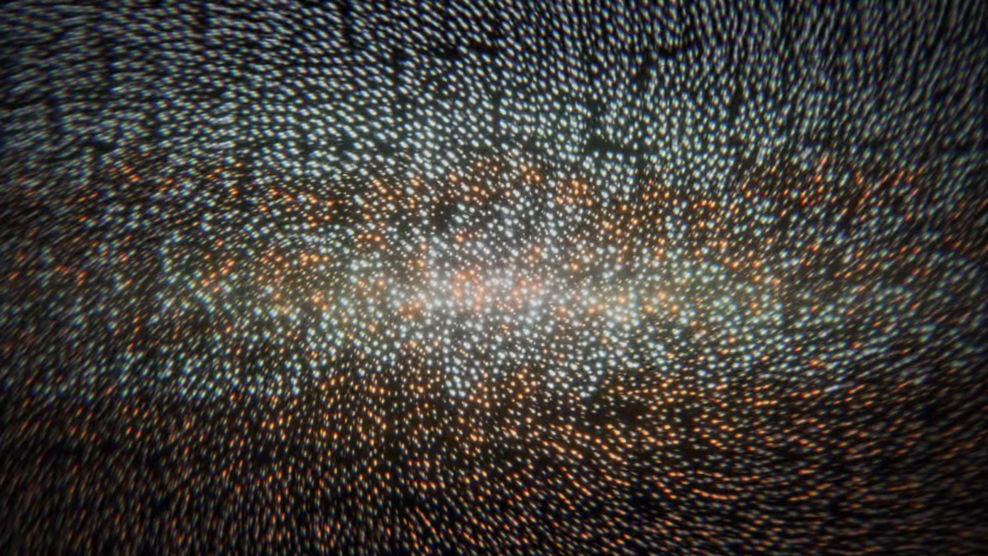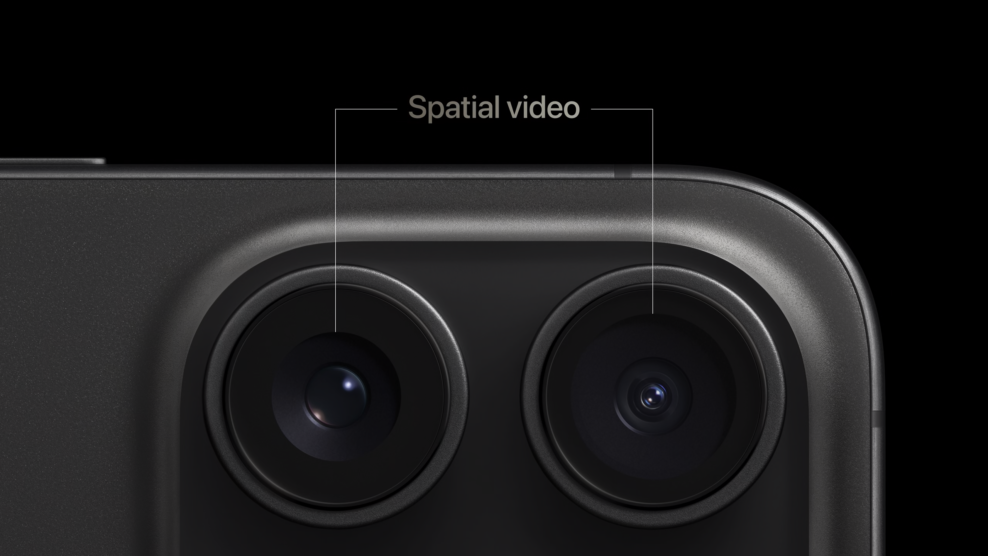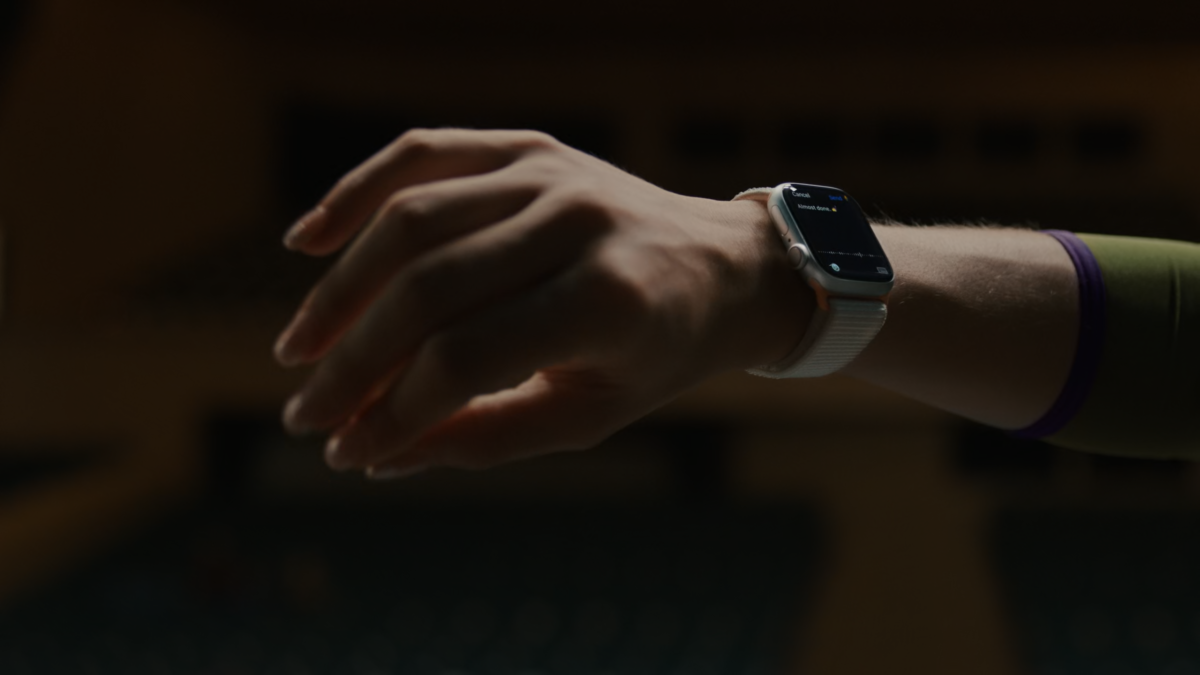After watching the entire Apple Event 2023, here are my observations and thoughts.
New Way of Human-Machine Interaction

The Double Tap gesture in Apple Watch 9 presents a fresh dimension to everyday tech interaction for the masses.
Gesture-control tech like Leap Motion, Myo Armband, and Google ATAP’s Project Soli have been around for a decade, aiming to enhance gesture control experiences. However, Apple stands out because they:
- Address a genuine pain point: controlling software with one hand.
- Skillfully leverage existing hardware with the help of neural engine—accelerometer, gyroscope, optical heart rate sensor. This ensures:
- No additional BOM costs for this new interaction.
- A self-contained user experience, allowing the Double Tap gesture to be triggered anytime, anywhere.
New Material and Manufacturing Technique

Let’s be clear—titanium isn’t essential for a phone. Aluminum, with the right design, is adequate and lighter. To me, titanium in the iPhone feels more like a marketing move emphasizing the Pro series’ luxury.
Yet, it’s a commendable innovation in material science for consumer products.
Upon seeing the Wonderlust poster, I initially thought of powder metallurgy. I was partly right. Apple employs “solid-state diffusion” to coat an aluminum substructure with titanium, then binds them using a thermal mechanical process.
This technique provides advantages none of the materials can offer on their own: durability, rigidity, and relative lightness. It’s reminiscent of my OXO stainless pan, which uses a similar method, balancing heat conductivity performance with lightness.
New Generation of Computing Experience

The introduction of spatial video to the 15 Pro in late 2023 is notable. It’s the first feature I know of that allows users to create content specifically for the Apple VR realm.
This move by Apple will:
- Strategically connect iPhone Pro users to Vision Pro, positioning them at the top of the Vision product funnel.
- Generate VR content for Vision devices.
Pro model users, who aren’t as price-sensitive and are keen on exploring new features, are the ideal audience to introduce spatial computing products. Moreover, spatial computing needs ample content to attract users. Transforming phones into spatial content creators can expedite this on a larger scale.
In summary, these three highlights from the 2023 Apple Event merit further exploration. I’d love to hear your insights in the comments below.
